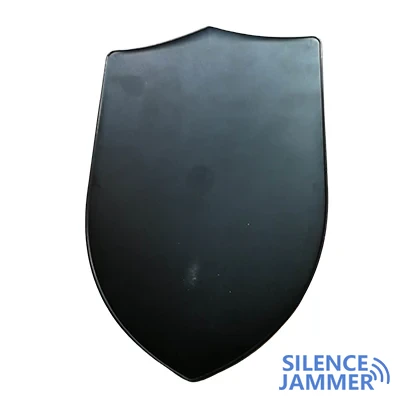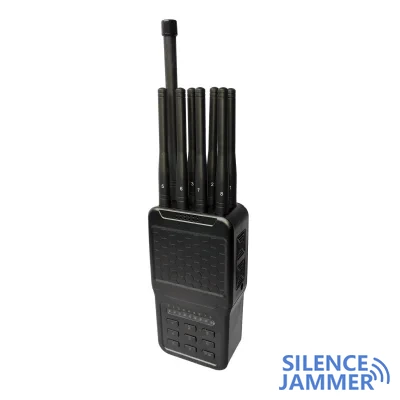In the digital age, personal privacy protection has become particularly important. A TV signal jammer is a device that can effectively protect personal privacy. It can interfere with the transmission of TV signals and prevent others from monitoring your TV viewing behavior. This article explains how to make a TV signal jammer that provides you with a powerful layer of privacy protection.

Understand how TV signal jammers work
A TV jammer is a device that interferes with TV signal transmissions by emitting radio signals. Its principle is to emit electromagnetic waves of specific frequencies in the frequency band of TV signals, which interfere with each other and cause the TV receiver to be unable to decode the signal normally and thus unable to display the picture. Next, we will learn in detail how to make such a device.
Steps to Make a TV Signal Jammer
- Determine the operating frequency
- Design the transmitter circuit
- Determine appropriate power
- Install the antenna
- Debugging and Optimization
First, you need to determine the TV signal frequency you want to interfere with. TV signals usually use the VHF (Very High Frequency, very high frequency) and UHF (Ultra High Frequency, ultra high frequency) frequency bands, with frequencies ranging from 30MHz to 1GHz. You can use a spectrum analyzer or online resources to determine the commonly used TV signal frequencies in your area.
Next, design the transmit circuit based on the determined frequency. The transmitting circuit consists of an oscillator, power amplifier and antenna. The oscillator generates a high-frequency signal of the desired frequency, the power amplifier amplifies it, and the antenna transmits the signal. You can choose to buy off-the-shelf modules or design the circuit yourself.
For a TV signal jammer to work effectively, it needs to ensure that the interference signal it emits can cover the target area and interfere with the normal reception of TV signals. Appropriate power depends on the size of the target area and environmental conditions; too low a power may result in ineffective interference, while too high a power may interfere with surrounding electronic equipment.
Select the appropriate antenna type and location to install on the transmitting circuit. The design and installation of the antenna directly affects the coverage and directionality of the interference signal. Directional antennas can concentrate interfering signals more closely, while omnidirectional antennas can provide wider coverage.
After completing the assembly and installation of the TV signal jammer, debug and optimize it. By testing the interference effect and coverage of the equipment, gradually adjust the transmission frequency and power to optimize the performance of the equipment.
Technical challenges and solutions
technical challenges
Frequency Selection: Select the correct jamming frequency to ensure the jammer works effectively.
Power control: Ensure that the power of the interference signal is moderate and will not cause excessive interference to the surrounding environment.
Antenna Design: Design the right antenna to achieve precise coverage of the target area.

solution
Frequency scan: Use a spectrum analyzer to scan the surrounding TV signal frequencies and select the appropriate interference frequency.
Power adjustment: Use an adjustable power amplifier to adjust the power of the interfering signal as needed.
Antenna optimization: Select the appropriate antenna type and installation location according to the characteristics of the target area to optimize the coverage and directivity of the interference signal.
Application prospects and precautions
TV signal jammers can be used to protect personal privacy, but you need to pay attention to legal and compliant use. When using a TV signal jammer, be sure to comply with local laws and regulations and do not interfere with the transmission of legitimate TV signals to avoid violating relevant laws.
Making a TV signal jammer is a challenging project, but it can provide an effective technical guarantee for personal privacy protection. With correct frequency selection, transmitting circuit design and antenna installation, a stable TV signal jammer can be produced to protect personal privacy from outside surveillance.


